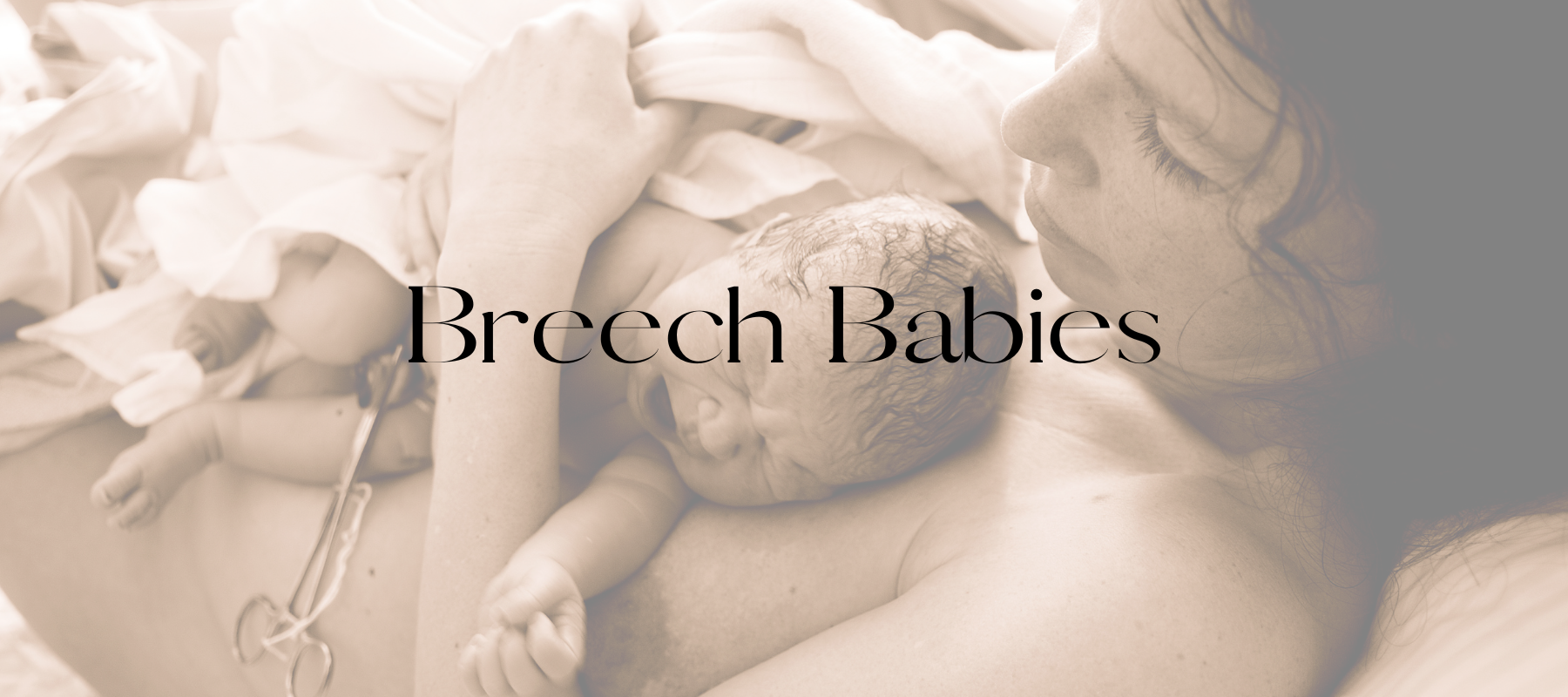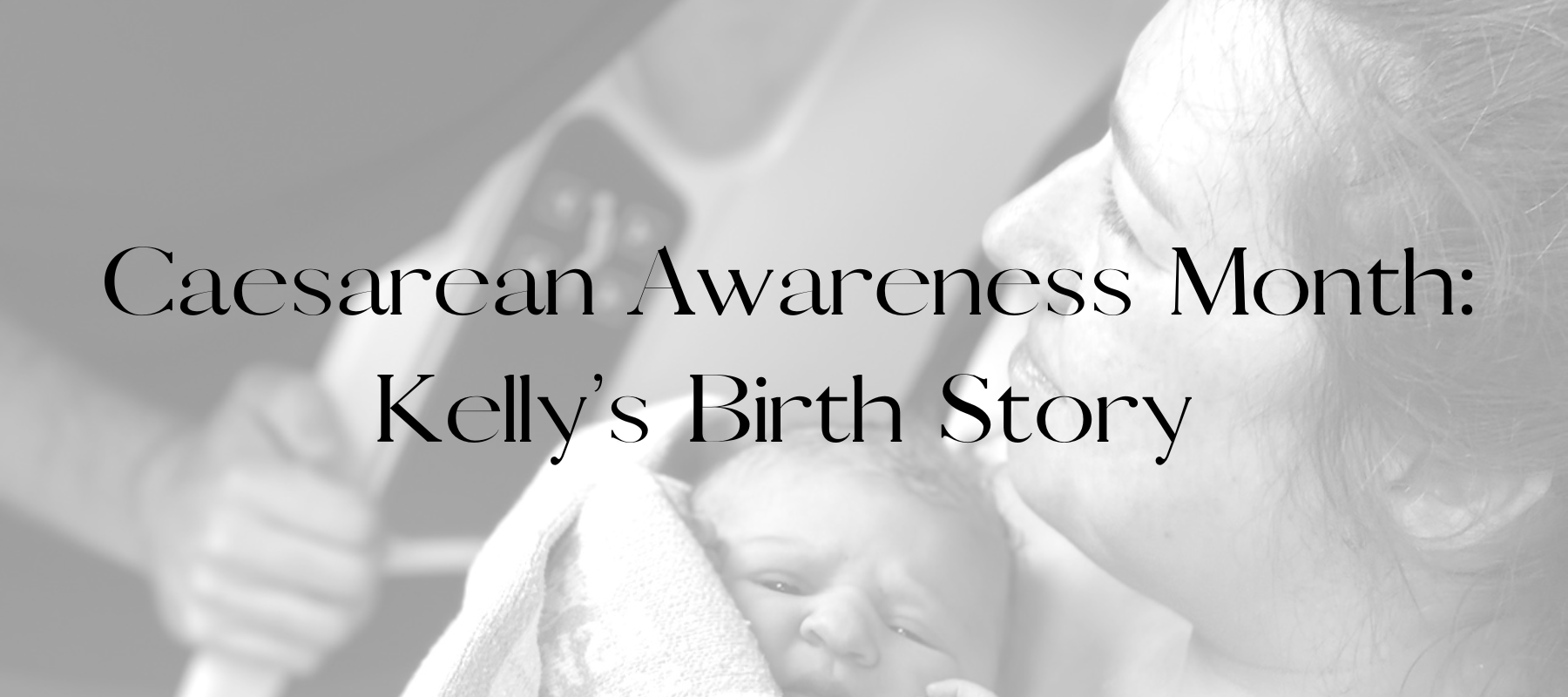In situations where you are unable to breastfeed or need to supplement small volumes to your baby in addition to breastfeeds, cup feeding might be an option for you!
When is cup feeding your baby an option?
- Small supplement required but you don’t want to use a bottle/artificial teat
- You are resting sore/damaged nipples
- You and baby are separated for a feed
- Newborn baby refusing to attach to breast
- Avoiding nipple confusion
How to cup feed your baby
If you are interested in cup feeding it is important to first speak to your healthcare provider or a lactation consultant to determine if it is the right option for your baby and safely teach you how to do so.
To cup feed your baby, you will need:
- A baby 😉
- A small sterilised cup or medicine glass
- A baby wrap/swaddle to keep rouge baby arms out of the way
- Small supplement of Expressed Breastmilk or formula 10-15mls only
Step-by-step guide to cup feeding your baby:
- Half-fill the cup in preparation to feed and then swaddle your baby
- Sit comfortably with your arms well supported
- Make sure your baby is fully awake and calm – you cannot cup feed a sleepy baby
- Hold baby in an upright position supporting his/her shoulders and head
- Hold the edge of the cup so it touches your baby’s mouth, allowing it to rest on bottom lip
- Allow baby a tiny sip, to encourage them to begin ‘lapping’ with their tongue
- DO NOT tip the cup to pour the milk into your baby’s mouth as they may aspirate due to fast flow. Just keep the cup tilted so the milk sits at the edge and baby can continue lapping as desired – setting their own pace.
- Follow your baby’s cues and allow them to drink as little or as much as they choose.
For older babies you can purchase safe, no-spill cups, sippy cups or cups that have a straw which allow baby to set their own pace also.
Written by Keryn Thompson, RM & IBCLC (L-301766)
References:
Dowling, D., Meier, P., DiFiore, J., Blatz, M. and Martin, R., 2002. Cup-Feeding for Preterm Infants: Mechanics and Safety. Journal of Human Lactation, 18(1), pp.13-20.
Kuehl, J., 2005. Cup Feeding the Newborn: What You Should Know. The Journal of Perinatal & Neonatal Nursing, 11(2), pp.56-60.
Lang, S., Lawrence, C. and Orme, R., 2007. Cup feeding: an alternative method of infant feeding. Archives of Disease in Childhood, 71(4), pp.365-369.



